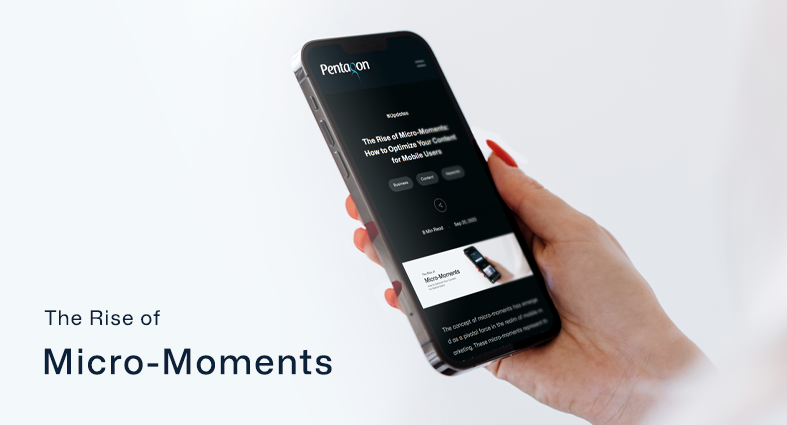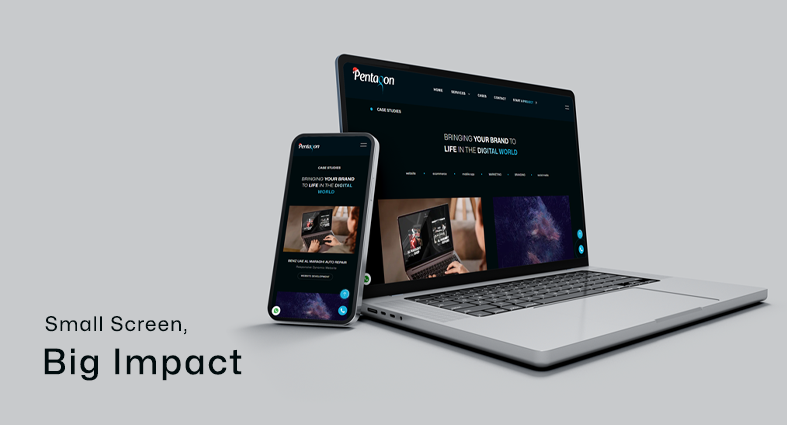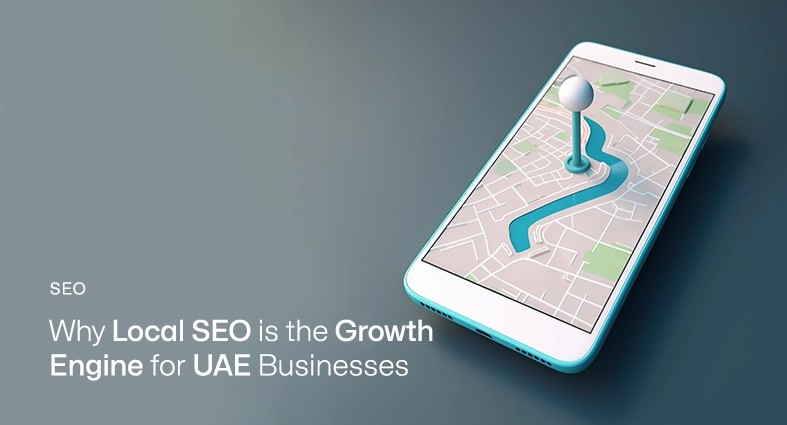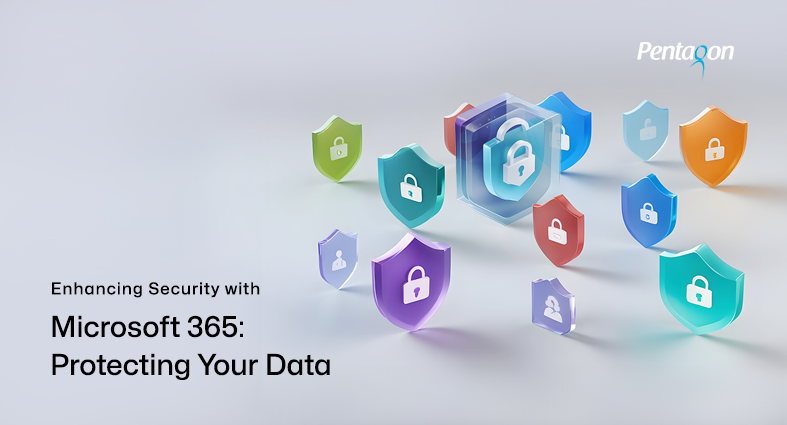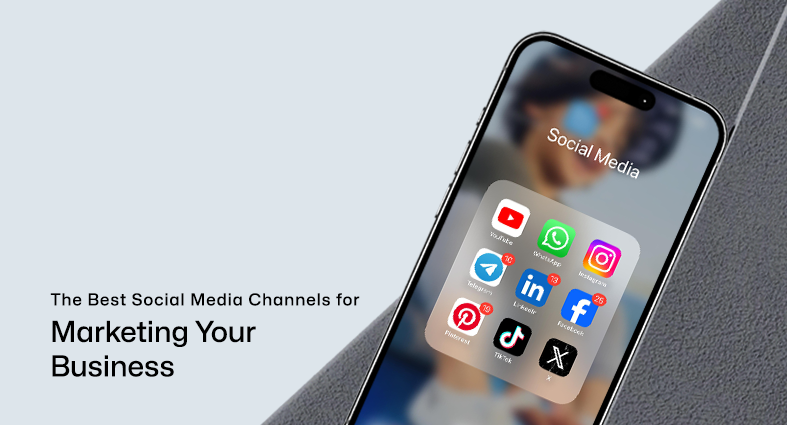Email marketing is a powerful tool that has become an integral part of modern business strategies. It involves sending targeted messages and promotional content to a list of subscribers via email. In this digital age, where communication and advertising have shifted largely to online platforms, email marketing continues to thrive as an effective means of reaching and engaging with customers. Email marketing encompasses a wide range of activities, from newsletters and product promotions to transactional emails and personalized recommendations. Its versatility allows businesses to tailor their communication to suit various objectives, whether it’s nurturing leads, retaining customers, or driving sales. Email marketing campaigns are more than just sending messages; they are about building and maintaining relationships with your audience. When executed correctly, email marketing can deliver exceptional results, making it a cornerstone of successful digital marketing strategies. In this blog, we will delve into the fundamentals of email marketing and what makes it a crucial component of modern business strategies.
The Significance of Email Marketing for Businesses
Email marketing holds immense significance for businesses of all sizes and industries. It serves as a direct channel of communication between a brand and its audience, providing several key benefits that contribute to its enduring relevance:
- Cost-Effective: Email marketing is one of the most cost-effective marketing channels. It doesn’t require a massive budget, making it accessible to businesses of all sizes. The return on investment (ROI) from email marketing is often substantial, making it an attractive option for businesses looking to maximize their marketing dollars.
- Direct and Personal: Email provides a direct line of communication to your audience. When someone subscribes to your email list, they are permitting you to engage with them directly in their inbox. This personal connection allows you to tailor your messages to individual preferences and needs, fostering more robust customer relationships.
- Highly Targeted: Email marketing allows you to segment your audience based on various criteria, such as demographics, purchase history, or engagement level. This segmentation enables you to send highly targeted and relevant content to different groups, increasing the likelihood of engagement and conversions.
- Automation and Scalability: Email marketing can be highly automated, saving time and effort. This automation enables you to scale your efforts without a proportional increase in workload.
- Measurable Results: Unlike some traditional marketing methods, email marketing provides clear and measurable results. You can track the performance of each email campaign and determine precisely how it contributes to your business objectives.
Benefits of Email Marketing
Email marketing offers a multitude of benefits that make it an indispensable asset in the marketing toolkit. Understanding these advantages is crucial for comprehending their significance in the business world. At its core, email marketing enables businesses to reach their target audience directly and personally. It provides a direct channel of communication that transcends the noise of social media and other digital platforms. By tapping into this power, organizations can establish a direct line of contact with their customers, fostering a sense of exclusivity and importance.
Achieving a Higher ROI through Email Campaigns
One of the most compelling advantages of email marketing is its ability to deliver a remarkably high return on investment (ROI). The key to this success lies in its targeted approach. By segmenting your email list and sending tailored messages, you can ensure that your content resonates with the recipients. Compared to traditional advertising methods, email campaigns offer a much higher ROI because they reach individuals who have already shown an interest in your brand or products. This highly qualified audience is more likely to convert into customers or take the desired action, leading to a substantial boost in revenue.
Building Stronger Customer Engagement
Effective email marketing goes beyond one-time transactions; it focuses on building lasting relationships with customers. Through regular, well-crafted emails, you can keep your audience engaged and informed about your brand’s latest developments, promotions, and content. Engagement is not just about clicks and conversions; it’s about creating a sense of community and loyalty. By delivering valuable content and personalized offers, you can encourage customers to stay connected and participate in your brand’s journey.
Personalized Communication
Personalization is the secret sauce of email marketing success. Personalized communication means sending the right message to the right person at the right time. It involves using recipient data to customize subject lines, content, and product recommendations. By tailoring messages to individual preferences and behaviors, businesses can deliver content that resonates with recipients on a personal level. This personal touch not only enhances engagement but also boosts conversion rates. Customers are more likely to respond positively to messages that feel like they were crafted just for them, and email marketing makes this level of personalization achievable at scale.
Creating Effective Email Campaigns
Creating effective email campaigns is a pivotal aspect of email marketing, and it involves several crucial strategies and practices to maximize their impact. Crafting compelling subject lines, segmenting your audience, and harnessing the power of A/B testing enables you to experiment with different elements of your email, such as the copy, visuals, or CTAs, to determine what resonates best with your audience and yields the highest conversion rates. By meticulously planning and executing these steps, you can create email campaigns that not only reach your target audience effectively but also drive desired actions, ultimately contributing to the overall success of your email marketing efforts. Incorporating these strategies into your email marketing campaigns will help you create emails that not only grab your recipients’ attention but also drive higher engagement, conversions, and overall success for your business.
Crafting Compelling Subject Lines
Crafting compelling subject lines is a critical aspect of creating effective email campaigns. The subject line is the first thing recipients see, and it plays a pivotal role in determining whether your email gets opened or ignored. Subject lines are like the gateway to your email. They should pique the recipient’s curiosity, convey the email’s value, and create a sense of urgency or interest. In a crowded inbox, a well-crafted subject line can make your email stand out. Keep subject lines clear and concise. Avoid using overly long or complicated phrases that might confuse the reader. Personalized subject lines often perform better. You can include the recipient’s name or reference their past interactions with your brand to make the email feel more tailored to their needs.
Segmenting Your Audience for Targeted Outreach
Segmenting your email list is a strategy that involves dividing your subscribers into smaller, more specific groups based on certain criteria. This allows you to send highly targeted emails to each group. Segmentation ensures that your emails are relevant to the recipients. Different groups of subscribers may have different interests, behaviors, or needs. By segmenting, you can send content that aligns with each group’s preferences. Targeted emails tend to have higher open and click-through rates. When recipients receive content that directly relates to their interests, they are more likely to engage with it. You can segment your audience based on various factors, such as demographics, past purchase history, engagement with previous emails, location, or even their position in the sales funnel.
Harnessing the Power of A/B Testing
A/B testing, also known as split testing, is a method used to compare two versions of an email or a specific element within an email to determine which one performs better. In email marketing, you can A/B test various elements, such as subject lines, email content, images, call-to-action buttons, and sending times. By changing only one variable at a time, you can isolate what’s causing improvements or declines in performance. You can test hypotheses, gather insights, and continuously refine your email marketing strategy based on what resonates most with your audience. Successful email marketing is an iterative process. A/B testing helps you fine-tune your campaigns over time, ensuring that you’re consistently delivering the most effective content to your subscribers.
Best Practices for Email Design
When it comes to email design, adhering to best practices is essential for achieving successful email marketing campaigns. Designing emails that are visually appealing, responsive, and user-friendly is paramount. Optimization for mobile devices is a top priority, ensuring that your emails display correctly and are easy to navigate on various screen sizes. Implementing clear and persuasive calls to action (CTAs) is crucial to guide recipients toward desired actions, whether it’s making a purchase, signing up for a newsletter, or clicking a link. Additionally, personalization plays a pivotal role in email design by tailoring content to individual preferences and behaviors, enhancing engagement and conversion rates. To sum it up, following these best practices for email design is fundamental to creating compelling email campaigns that resonate with your audience and drive desired outcomes.
Optimizing for Mobile Devices
In today’s digital landscape, a significant portion of email opens occurs on smartphones and tablets. Therefore, it’s crucial to create emails that not only look good on desktop computers but also provide an excellent user experience on smaller screens. To achieve this, responsive design is key. Responsive email design ensures that the layout and content of your emails adapt fluidly to different screen sizes. This means that whether your recipients are viewing your email on an iPhone or a large desktop monitor, they will have a seamless and visually appealing experience. Neglecting mobile optimization can lead to frustrated users who are more likely to delete your emails or unsubscribe from your list.
Clear Calls to Action (CTAs) That Convert
The success of your email campaigns often hinges on the effectiveness of your calls to action (CTAs). CTAs are the elements in your emails that encourage recipients to take a specific action, such as making a purchase, signing up for a newsletter, or downloading a resource. To ensure your CTAs convert, clarity is paramount. Your CTAs should be concise, specific, and visually distinct. Use action-oriented language that leaves no room for ambiguity about what you want your recipients to do. Additionally, the placement of your CTAs within your email matters. They should be strategically positioned where they are highly visible and make sense in the context of your message. Testing different CTA variations and analyzing their performance can help refine your approach and improve conversion rates.
Personalization Strategies for Content
Personalization is a powerful tool in email marketing that can significantly enhance engagement and conversion rates. When crafting personalized email content, consider factors such as the recipient’s name, past interactions with your brand, and their preferences. Addressing recipients by their first name in the email greeting is a simple yet effective way to personalize. Beyond that, you can tailor the content based on their previous purchases or browsing history, providing recommendations that align with their interests. Furthermore, segmentation plays a crucial role in personalization. By dividing your email list into smaller, more targeted groups, you can send content that is highly relevant to each segment, increasing the likelihood of engagement and conversions. Personalization demonstrates that you value your recipients as individuals, fostering a stronger connection between your brand and your audience.
Real-World Examples
Real-world examples serve as invaluable sources of inspiration and guidance for businesses looking to harness the power of this digital marketing strategy effectively. Examining specific case studies of successful email campaigns offers a detailed glimpse into the strategies employed by businesses to achieve their goals. These case studies provide concrete evidence of how email marketing can drive results. For instance, a case study might highlight a retailer’s holiday email campaign that resulted in a significant increase in sales or a nonprofit organization’s fundraising email that garnered substantial donations. By dissecting these cases, we can understand the nuances of crafting compelling subject lines, segmenting audiences effectively, and delivering content that resonates with recipients.
Amazon’s Personalized Product Recommendations
Amazon, one of the world’s largest e-commerce platforms, has mastered the art of email marketing through personalized product recommendations. They leverage their vast database of customer preferences and past purchases to curate tailored suggestions for each recipient. These recommendations are not only based on what customers have bought in the past but also on products they’ve browsed, added to their wish lists, or rated. This level of personalization enhances the customer experience, making them feel understood and valued. Amazon’s emails are not just about suggesting products; they also include compelling visuals, clear CTAs, and relevant product descriptions. This comprehensive approach ensures that recipients are not only informed but also enticed to make a purchase. Moreover, Amazon often sends follow-up emails, reminding customers about items left in their shopping carts, which effectively recaptures lost sales. This case study highlights the power of using data-driven personalization to drive engagement and sales in email marketing.
Airbnb’s Engaging Travel Stories
Airbnb’s email campaigns stand out for their ability to tap into the emotions and aspirations of their audience. Rather than just promoting properties, Airbnb creates engaging travel stories that transport recipients to new destinations. These stories are filled with stunning visuals, captivating narratives, and insider tips. By showcasing the experiences and adventures that await travelers, Airbnb’s emails go beyond mere advertising; they inspire wanderlust. Through their emails, Airbnb effectively builds a community of travelers and hosts, fostering a sense of belonging among their users. This approach goes beyond transactional emails and transforms the inbox into a source of inspiration and connection. Airbnb’s case study illustrates the importance of storytelling and emotional appeal in email marketing.
Grammarly’s Educational Content
Grammarly, known for its grammar and writing assistance tools, excels in delivering value through educational email content. Their emails are not solely focused on promoting their products but also on helping recipients improve their writing skills. Grammarly sends regular tips, grammar lessons, and writing insights that resonate with its audience, which consists of writers, professionals, and students. By providing valuable content that aligns with their users’ interests and needs, Grammarly nurtures trust and loyalty. Users come to anticipate and appreciate these educational emails, which keep them engaged even when they are not actively using the Grammarly platform. This case study emphasizes the significance of offering valuable, educational content as part of an email marketing strategy.
Sephora’s Exclusive Offers and Promotions
Sephora, a leading cosmetics and beauty retailer, leverages the power of exclusivity in its email marketing campaigns. They send out emails offering exclusive discounts, early access to new products, and special promotions to their loyal customers. These emails make customers feel like VIPs, encouraging them to stay engaged with the brand and make purchases. Sephora’s emails are visually appealing and include enticing visuals of products and makeup tutorials. They also make clever use of scarcity tactics, creating a sense of urgency that prompts recipients to take immediate action. This case study underscores the effectiveness of using exclusivity and a sense of privilege to drive engagement and sales in email marketing.
Conclusion
Email Marketing stands as a formidable tool in the modern business landscape. It has been established that email marketing offers an unparalleled return on investment, making it a cost-effective method to engage with customers and drive revenue. Furthermore, the personalization and segmentation capabilities it offers empower businesses to tailor their messages to individual preferences, thereby forging stronger connections with their audience. Whether you’re a startup aiming to build your customer base or an established enterprise seeking to maintain and expand your market share, email marketing offers the tools and techniques necessary for success. To fully leverage the potential of email marketing, it’s essential to embrace best practices, continuously analyze and refine your strategies, and stay attuned to the ever-evolving landscape of digital marketing. Discover the Inbox Gold strategy and transform your marketing efforts into gold. Get in touch with our digital marketing experts in Abu Dhabi to supercharge your email marketing game and watch your ROI soar. Don’t miss out on the power of email marketing – take action now!
services
Feel free to send us a message.
Please, share your thoughts, and let's chat over a cup of tea.






